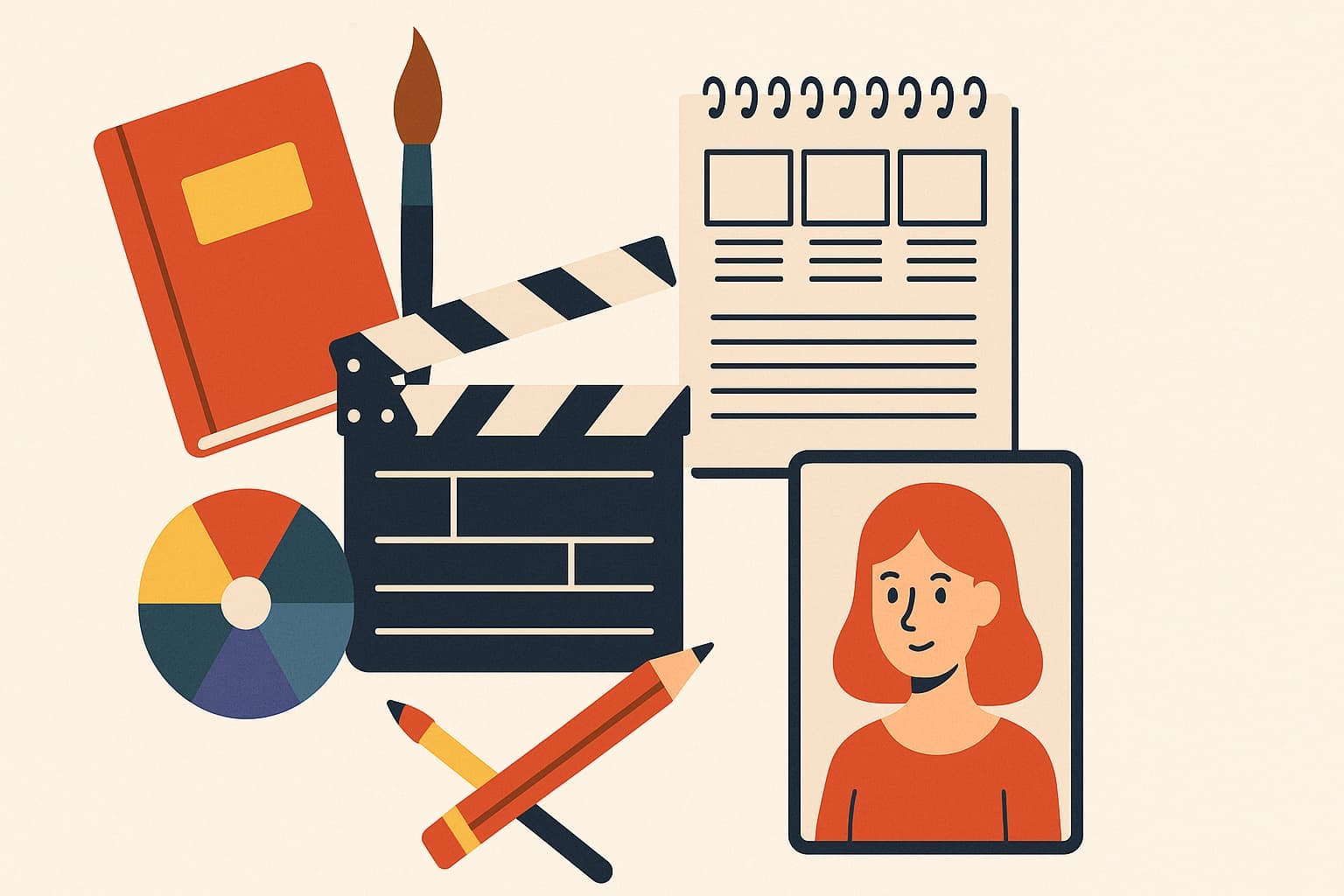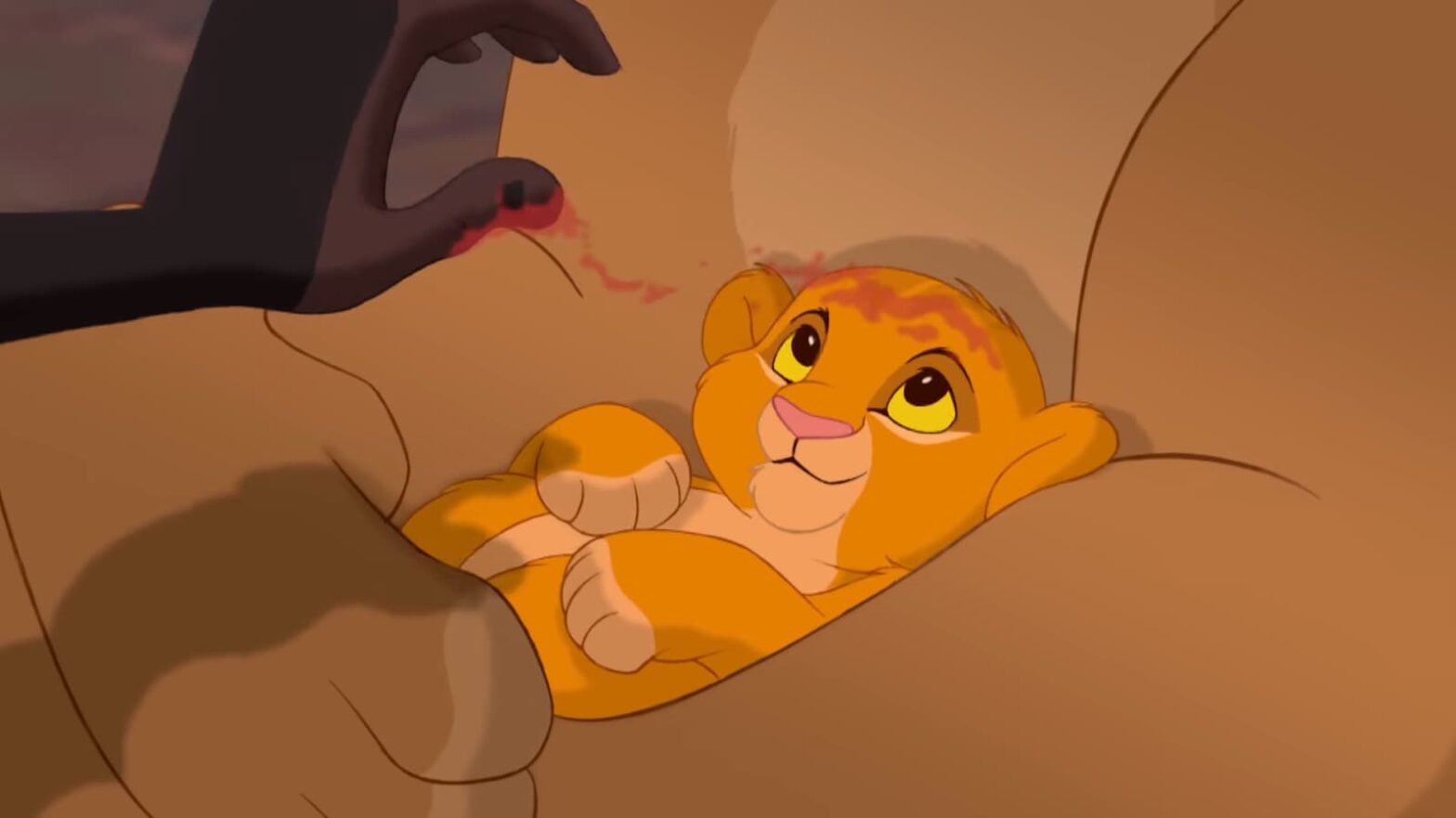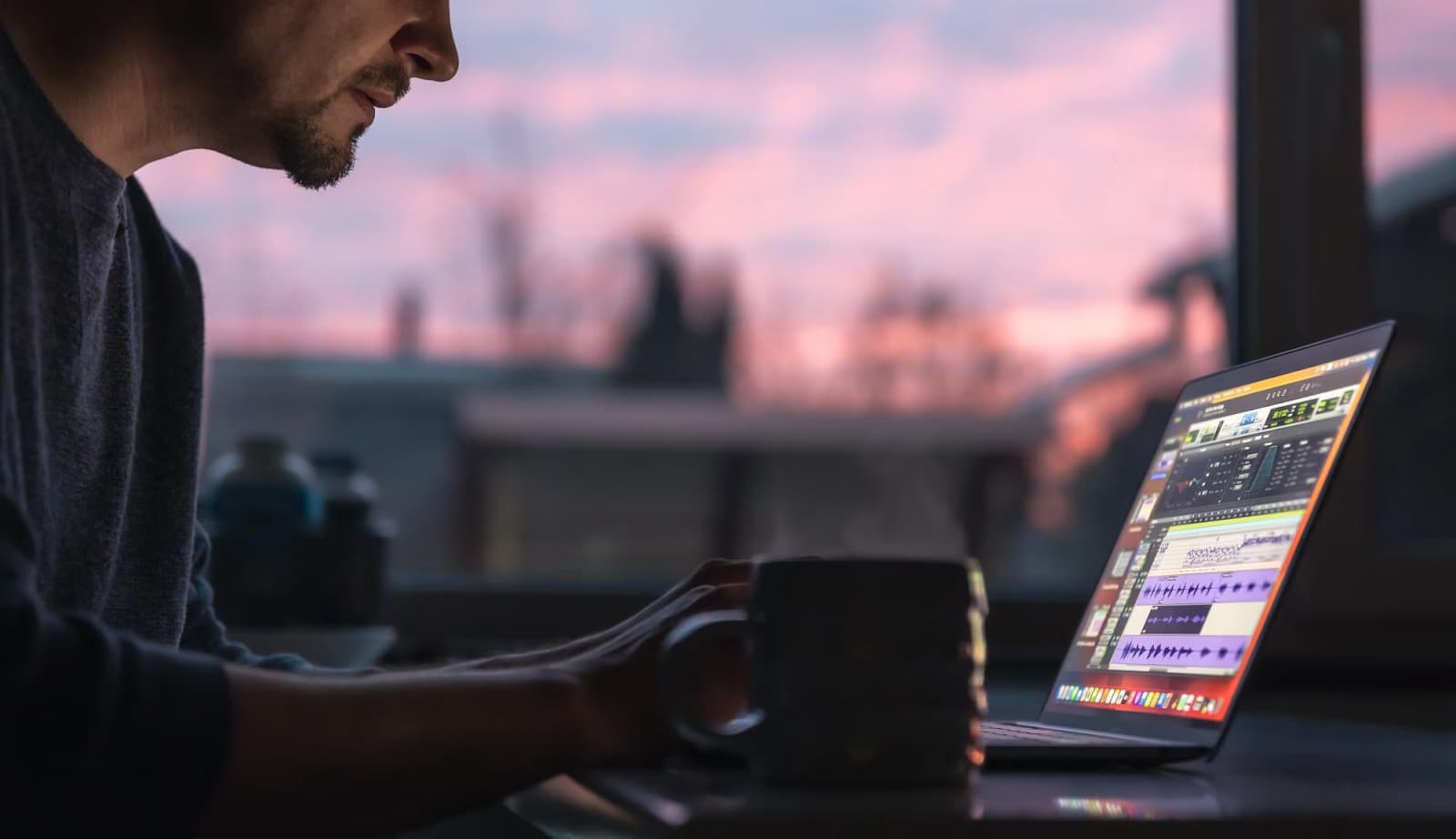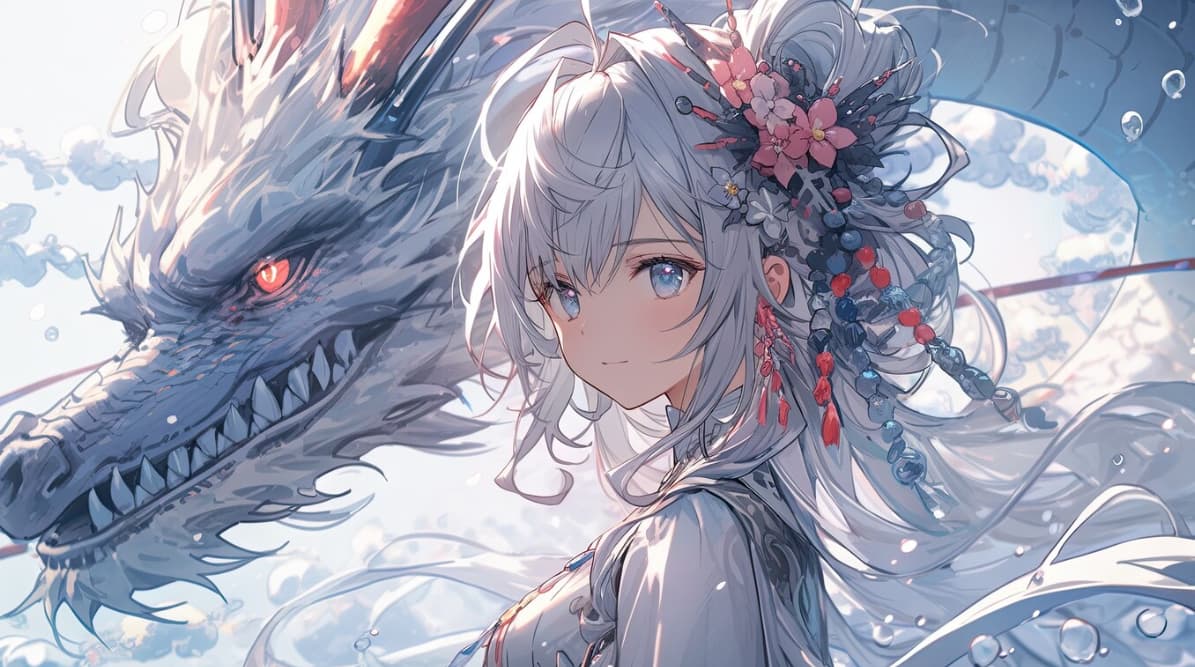Choosing the right Visual Arts EE topic is one of the most important steps in producing a strong art extended essay. Suppose you’re passionate about animation, film direction, or storytelling through visual design. In that case, there’s an exciting opportunity to focus your research on some of the most creative minds in modern visual media.
The extended essay in visual arts allows IB students to examine the artistic techniques, historical influences, and symbolic meaning behind animated works — turning a passion for art and animation into a serious academic investigation.
This article presents 20 original art EE topics and Visual Arts extended essay research questions inspired by the work of animation directors and scriptwriters.
These ideas are designed to help you think critically, use formal analysis, and demonstrate visual awareness — all of which align with IB assessment criteria. If you’re still unsure how to structure your EE or feel overwhelmed by the research process, it’s smart to consider getting help from experienced professionals.
Many students successfully improve their essays with support from reliable companies that offer IB Extended Essay help, especially those with expertise in Visual Arts EE writing and editing.
Good IB Visual Arts EE Topic Ideas
Now let’s get straight to the point
1. “The Evolution of Character Design in Japanese Animation: A Visual Arts Perspective”
📌 Research Question:
To what extent has traditional Japanese art influenced modern character design in the works of animation director Hayao Miyazaki?
🔍 Overview:
Explore the visual lineage between Japanese woodblock prints (ukiyo-e) and Studio Ghibli’s character design. Analyze key scenes for composition, color, and form.
2. “The Use of Color Theory in the Visual Storytelling of Wes Anderson’s Animated Films”
📌 Research Question:
How does Wes Anderson use color and symmetry in “Fantastic Mr. Fox” and “Isle of Dogs” to create a distinct artistic language?
🔍 Overview:
Discuss how artistic elements like color palettes, spatial organization, and minimalism contribute to emotional tone and narrative.
3. “From Sketch to Scene: The Role of Concept Art in the Visual Identity of Animated Films”
📌 Research Question:
How does the development of concept art shape the final visual style of animated films, as seen in the works of Pixar’s pre-production artists?
🔍 Overview:
Track the transformation from early sketches to final scenes. Focus on visual elements such as line, shape, texture, and composition.
4. “Stop-Motion as Fine Art: Analyzing the Sculptural and Visual Techniques in the Works of LAIKA Studios”
📌 Research Question:
To what extent can stop-motion animation be considered a form of sculptural fine art, based on the visual methods used in LAIKA’s films?
🔍 Overview:
Examine character models, set design, and handcrafted textures. Include behind-the-scenes visuals and artistic comparisons to sculpture.
5. “Visual Symbolism and Style in the Works of Independent Animation Directors”
📌 Research Question:
How do independent animation directors like Michaela Pavlátová or Don Hertzfeldt use abstract visual language to express philosophical ideas?
🔍 Overview:
Explore the use of minimalism, surreal imagery, and symbolic motifs. Compare artistic decisions across different shorts or features.
6. “Light and Loneliness: The Visual Language of Makoto Shinkai’s Animated Landscapes”
📌 Research Question:
How does Makoto Shinkai use lighting and environmental composition to convey emotional isolation in ‘5 Centimeters per Second’ and ‘Your Name’?
🔍 Overview:
This essay would analyze recurring lighting motifs such as twilight, reflections, and lens flares to show how Shinkai’s visual world supports emotional narratives.
7. “The Legacy of German Expressionism in Tim Burton’s Stop-Motion Films”
📌 Research Question:
To what extent does Tim Burton incorporate visual elements of German Expressionism in the design of characters and sets in ‘Corpse Bride’ and ‘Frankenweenie’?
🔍 Overview:
This topic invites comparison between 1920s German art cinema and Burton’s modern animations, focusing on shadow, distortion, and surreal visuals.
8. “Color as a Cultural Symbol in the Works of Satoshi Kon”
📌 Research Question:
How does Satoshi Kon use color symbolism to explore Japanese cultural identity in animated films such as ‘Millennium Actress’ and ‘Tokyo Godfathers’?
🔍 Overview:
The EE would explore color theory and visual codes to examine how Kon’s palettes reinforce themes of memory, duality, and society.
9. “Symbolism and Silence: Visual Communication in ‘The Red Turtle'”
📌 Research Question:
How does ‘The Red Turtle’ use visual symbolism and minimalistic animation to narrate a story without dialogue?
🔍 Overview:
The focus will be on movement, composition, and repeated visual motifs to demonstrate how meaning is built without spoken language.
10. “The Craft Behind the Characters: Material and Texture in LAIKA’s Stop-Motion Films”
📌 Research Question:
How do LAIKA Studios use material texture and sculptural design in films like ‘Kubo and the Two Strings’ to create a tactile visual experience?
🔍 Overview:
This essay would examine the artistic use of fabrics, clay, and 3D-printed surfaces to analyze their contribution to realism and emotional tone.
11. “Visual Storytelling in Limited Animation: The Art of Minimal Motion”
📌 Research Question:
How does limited animation style in films like ‘The Tale of the Princess Kaguya’ enhance or restrict artistic expression?
🔍 Overview:
Analyze how minimal movement, sketch-like visuals, and brushstroke effects are used to create poetic rhythm and emotional power.
12. “Architectural Space as Narrative in Animated Worlds”
📌 Research Question:
How does architectural design shape storytelling in the animated environments of ‘Spirited Away’ and ‘Atlantis: The Lost Empire’?
🔍 Overview:
Explores how visual references to historical architecture help build immersive and symbolic narrative spaces.
13. “Abstract Aesthetics in Independent Animation: A Case Study of Don Hertzfeldt”
📌 Research Question:
To what extent does Don Hertzfeldt use abstract visual language to explore existential themes in ‘It’s Such a Beautiful Day’?
🔍 Overview:
This essay would analyze the artistic function of stick-figure drawings, chaotic transitions, and visual metaphor.
14. “Cultural Motifs in Cartoon Saloon’s Celtic-Inspired Animations”
📌 Research Question:
How do visual elements in ‘The Secret of Kells’ and ‘Wolfwalkers’ reflect traditional Celtic art and mythology?
🔍 Overview:
Investigate how spiral motifs, knotwork, and medieval manuscript styles are integrated into animation as both design and meaning.
15. “Visual Contrast and Emotional Duality in ‘Coraline'”
📌 Research Question:
How does LAIKA’s use of contrasting color palettes and visual texture in ‘Coraline’ reflect the dual nature of the real world and the Other World?
🔍 Overview:
Explore the artistic opposition between light/dark, warm/cold, and flat/deep visuals to emphasize narrative tension.
16. “The Role of Symmetry and Color Harmony in Wes Anderson’s ‘Fantastic Mr. Fox'”
📌 Research Question:
How do symmetrical compositions and warm-toned color palettes support storytelling in Wes Anderson’s stop-motion animation ‘Fantastic Mr. Fox’?
🔍 Overview:
This EE would explore how Anderson’s aesthetic choices create mood and reinforce character dynamics.
17. “Motion as Brushstroke: Painterly Effects in ‘Loving Vincent'”
📌 Research Question:
To what extent does the use of hand-painted animation in ‘Loving Vincent’ function as both narrative and visual art homage?
🔍 Overview:
Examine how Van Gogh’s post-impressionist style is replicated through frame-by-frame oil painting, and how that impacts viewer perception.
18. “A Study in Shadows: Light and Darkness in ‘Batman: The Animated Series'”
📌 Research Question:
How does the visual style of ‘Batman: The Animated Series’ use shadows and film noir techniques to convey moral ambiguity?
🔍 Overview:
Analyze line work, shadow play, and background design as part of its art-deco aesthetic and storytelling method.
19. “Visualizing Time Through Layout and Perspective in ‘Spirited Away'”
📌 Research Question:
How does Hayao Miyazaki use changing perspective and layered composition to visually convey time and transformation in ‘Spirited Away’?
🔍 Overview:
Focus on evolving space, scene transitions, and symbolic visuals that chart the character’s inner and outer journeys.
20. “When Typography Becomes Art: Animated Lettering in Title Sequences”
📌 Research Question:
To what extent can animated title sequences be considered a form of visual art, focusing on the works of Saul Bass and modern digital typographers?
🔍 Overview:
Explore animated typefaces, motion graphics, and their role in mood-setting and branding as legitimate visual art forms.
Interested in TOK Too?
If you’re working on your IB Extended Essay and also preparing for your Theory of Knowledge exhibition, we’ve got you covered. Check out our curated list of the Best TOK Exhibition Objects — a student-friendly guide with 50 unique ideas that can help you find the perfect object and develop your commentary with confidence.
This resource is especially helpful if you’re trying to connect your EE topic with your TOK project or simply want to make your presentation stand out.
Conclusion
Writing a compelling Visual Arts extended essay takes more than just a good topic — it requires clear planning, consistent analysis, and a deep understanding of visual techniques and cultural context.
The art EE topics listed above are all grounded in the visual language of animation, giving you a creative yet academic path to explore.
No matter if you’re interested in character design, symbolic color use, or the visual structure of animated films, these research questions are designed to help you meet IB expectations while focusing on an area you genuinely enjoy.
If you need help refining your research question, organizing your ideas, or improving your writing, consider working with a team that understands both the IB curriculum and the specific demands of a strong extended essay visual arts submission.
The right guidance can help you stay confident, focused, and on track to earn top marks.



